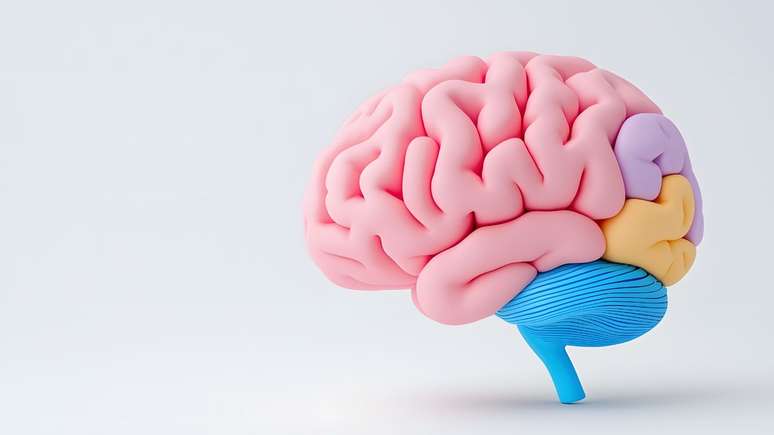Cerebral aneurysm is a silent but harmful condition; understand symptoms, risk factors and how prevention can save lives
A brain aneurysm is an abnormal dilation of an artery in the brain that forms a sort of “bag.” If it ruptures, it can cause severe bleeding and be life-threatening. Although dangerous, an aneurysm can develop silently for years, making early diagnosis a major challenge. What few people know, however, is that some habits and health conditions can increase the risk of having an aneurysm.
Risk factors: the role of hypertension and smoking
Among the main triggers for the development of cerebral aneurysms are hypertension and smoking, habits and conditions that weaken the walls of blood vessels. Additionally, diabetes and high cholesterol also increase the possibility of dilation of arteries in the brain.
Another important point is family history: those who have first-degree relatives who have already had an aneurysm should undergo preventive tests, because there is a genetic predisposition.
Sudden headache is a warning sign
In many cases, the aneurysm has no symptoms. But when the dilation begins to put pressure on brain structures, sudden, intense headaches, vision changes, weakness on one side of the body, and even drooping of the eyelids can occur. A non-standard headache, which appears suddenly and tends to worsen quickly, is a major warning sign and requires immediate medical attention. In case of rupture of an aneurysm the risk of death is high, according to experts in approximately 30% of cases.
Smoking: a direct link to aneurysm
An investigation by the State Department of Health Saint Paul has shown that two out of three cases of brain aneurysm are linked to smoking. Of the 250 patients treated, 62% were smokers at the time of diagnosis.
The reason? Nicotine destroys a protein called elastin, which gives artery walls firmness. Without it, vessels become more fragile and prone to dilation and rupture. Furthermore, smoking increases the risk of more serious bleeding: 12% of the patients involved in the study died before reaching the hospital. Interestingly, 80% of cases occurred in women, which leads researchers to investigate the influence of female hormones and the fact that women have more delicate and curvy vessels.
Smokers and aneurysm: four times higher risk
Another survey, carried out by Harvard Medical Schoolreinforces the alarm: women who smoke between the ages of 30 and 60 are four times more likely to develop a brain aneurysm, and the risk is seven times greater when hypertension is also present.
The study, conducted between 2016 and 2018 on 545 women United States AND Canadashowed that most aneurysm patients reported persistent headaches and smoked, on average, 20 cigarettes a day for nearly 30 years. The aneurysms were found mainly in the carotid artery, one of the main vessels that supply blood to the brain. In a third of cases, patients required surgery; the others remained under clinical follow-up.
How to prevent brain aneurysm
Prevention of brain aneurysms mainly involves controlling risk factors. Keeping blood pressure under control, avoiding smoking and moderating alcohol consumption are essential measures. Furthermore, adopting a balanced diet, rich in fruit, vegetables and whole grains, helps preserve the health of blood vessels.
Regular physical activity, periodic medical monitoring and preventive exams are also fundamental, especially for those with a family history of the disease. Small lifestyle changes can significantly reduce your risk and protect your brain from serious complications.
The strength of addiction and ways to overcome it
Nicotine is one of the most addictive substances known. If you want to quit smoking, check out some strategies recommended by experts:
- Define a clear reason and stop once and for all: list your reasons – health, self-esteem, example for others – and use this reminder every day. Tapering is often an addiction trap;
- Take the first 10 days firmly: symptoms such as irritability, anxiety, insomnia and cough are to be expected. The convulsions last a few minutes and tend to disappear after a week;
- Take care of the routine: Maintaining a balanced diet, walking and drinking plenty of water helps relieve withdrawal symptoms. Avoid alcoholic beverages, especially in the first few months.
Source: Terra
Ben Stock is a lifestyle journalist and author at Gossipify. He writes about topics such as health, wellness, travel, food and home decor. He provides practical advice and inspiration to improve well-being, keeps readers up to date with latest lifestyle news and trends, known for his engaging writing style, in-depth analysis and unique perspectives.








